An Angus and Perthshire vet group has increased its range of operations following a £30,000 investment.
Thrums Vets can now perform laparoscopic (keyhole) surgeries on almost every area of a pet’s body at its Kirriemuir practice.
Procedures now include liver and pancreatic biopsies through to laparotomies and laparoscopic assisted bladder surgeries.
Thrums, which celebrated its 75th anniversary earlier this year, claims it has already completed more than 500 keyhole surgeries since 2020.
The firm is Scotland’s largest independent veterinary group with four practices in Angus and Perthshire.
Thrums Vets focusing on fewer complications
Thrums director Gavin Durston said the investment will help to prevent problems and allow less painful surgeries.
While keyhole surgery – where small instruments and a camera are inserted into the patient via a small incision in the skin – are commonplace among humans, they are relatively new in animals.
The company became one of the first vets in Scotland to offer the surgery three years ago.
Gavin said: “Ultimately, it’s far less painful and invasive as well as causing less bleeding, trauma and fewer complications than traditional surgeries.
“We think all pets deserve this higher level of care, so it’s been an important area for us to invest in in recent years.”Gavin believes the company has gained a lot of experience as almost all of its surgeries have become keyhole.
These include neutering female cats and dogs by removing their ovaries to prevent unexpected pregnancies.
He added: “After successfully completing more than 500 procedures to date, we’ve become very experienced in this cutting-edge area of veterinary medicine.
“Now 90% of the spays we carry out are laparoscopic.”
Fair price to pay for surgery, says director
Gavin thinks the price of a keyhole surgery for pets is well worth it with less recovery time needed.
He said: “In most cases a laparoscopic spay will only cost around £150 more than a traditional operation.
“Most pets go home the same day and recover within 48 hours, compared to 10 to 14 days for a traditional spay.
“Usually, they don’t even require pain relief after the day of the operation.”
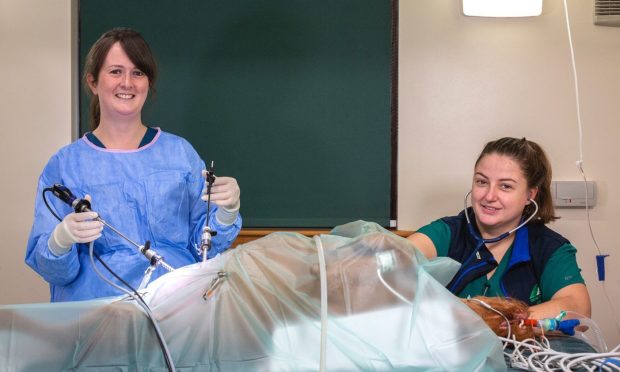
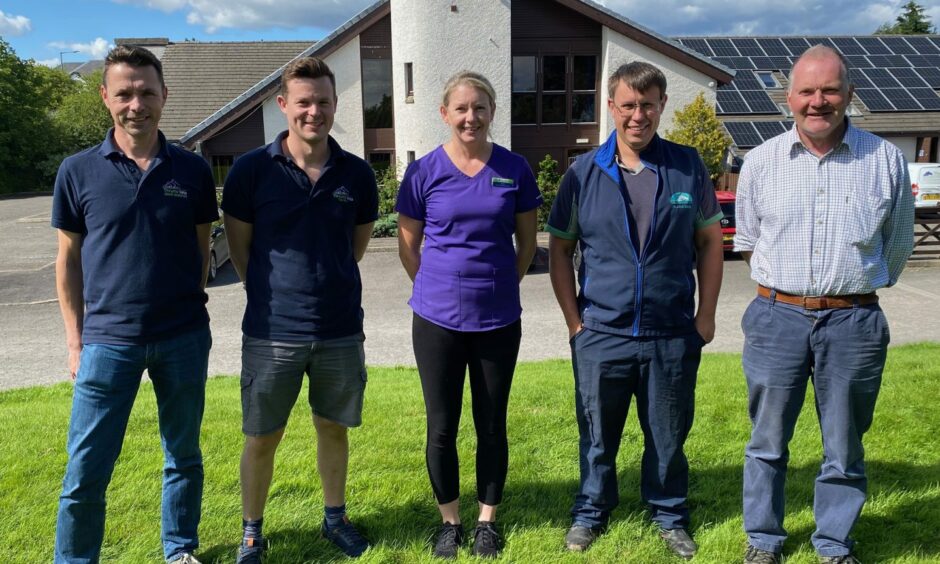

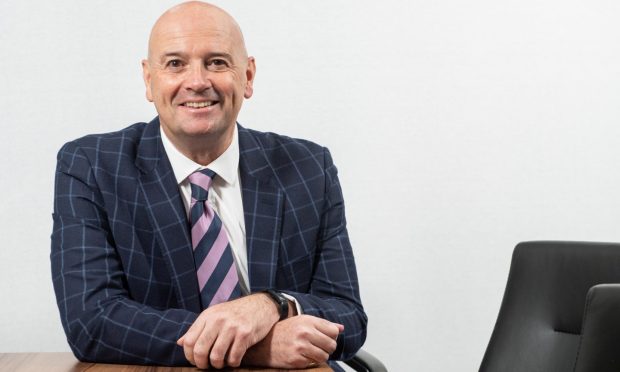
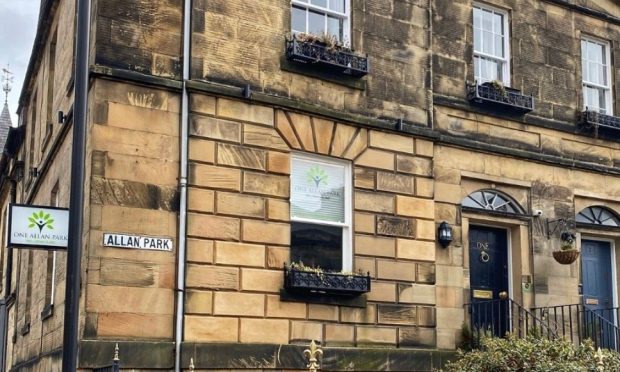




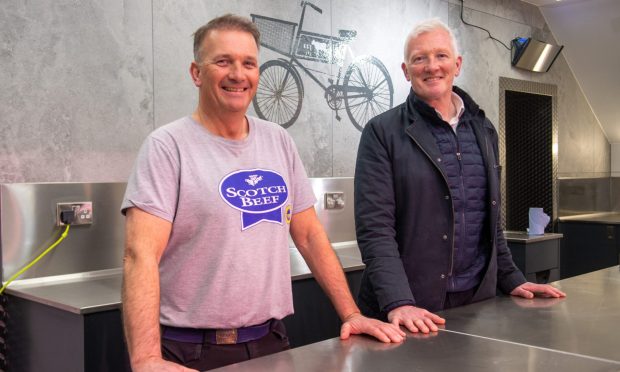



Conversation